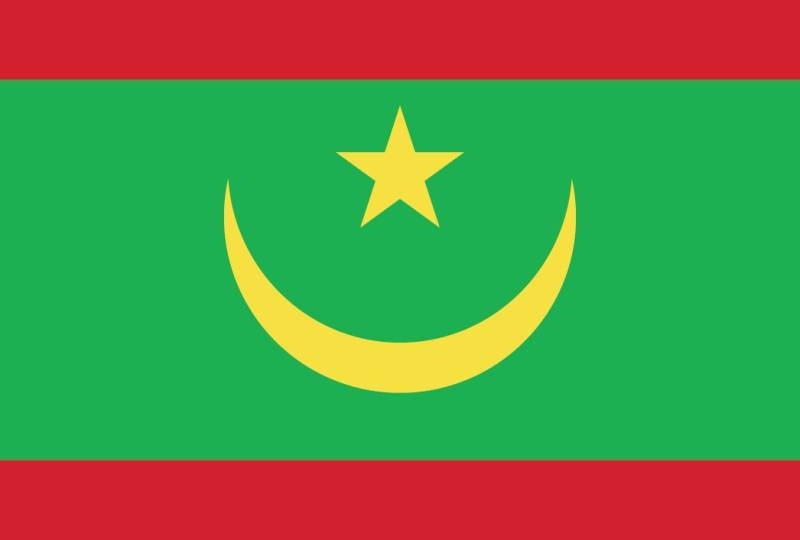Country Summary




Introduction
Background
Berbers moved south into the area of today's Mauritania beginning in the 3rd century. Beginning in the 8th century, Mauritania experienced a slow but constant infiltration of Arabs and Arab influence from the north. The French colonized Mauritania in the late 19th century. The country gained independence from France in 1960.
Geography
Area
total: 1,030,700 sq km
land: 1,030,700 sq km
water: 0 sq km
Climate
desert; constantly hot, dry, dusty
Natural resources
iron ore, gypsum, copper, phosphate, diamonds, gold, oil, fish
People and Society
Population
4,161,925 (2022 est.)
Ethnic groups
Black Moors (Haratines - Arabic-speaking descendants of African origin who are or were enslaved by White Moors) 40%, White Moors (of Arab-Berber descent, known as Beydane) 30%, Sub-Saharan Mauritanians (non-Arabic speaking, largely resident in or originating from the Senegal River Valley, including Halpulaar, Fulani, Soninke, Wolof, and Bambara ethnic groups) 30%
Languages
Arabic (official and national), Pular, Soninke, Wolof (all national languages), French; note - the spoken Arabic in Mauritania differs considerably from the Modern Standard Arabic used for official written purposes or in the media; the Mauritanian dialect, which incorporates many Berber words, is referred to as Hassaniya
Religions
Muslim (official) 100%
Population growth rate
1.99% (2022 est.)
Government
Government type
presidential republic
Capital
name: Nouakchott
Executive branch
chief of state: President Mohamed Ould Cheikh el GHAZOUANI (since 1 August 2019)
head of government: Prime Minister Mohamed Ould BILAL (since 6 August 2020)
Legislative branch
description: unicameral Parliament or Barlamane consists of the National Assembly or Al Jamiya Al Wataniya (157 seats statutory, 153 current term; 113 members in single- and multi-seat constituencies directly elected by a combination of plurality and proportional representation voting systems, 40 members in a single, nationwide constituency directly elected by proportional representation vote (20 seats are reserved for women candidates in the nationwide constituency) , and 4 members directly elected by the diaspora; all members serve 5-year terms)
Economy
Economic overview
lower middle-income West African economy; primarily agrarian; rising urbanization; poor property rights; systemic corruption; endemic social and workforce tensions; wide-scale terrorism; foreign over-fishing; environmentally fragile
Real GDP (purchasing power parity)
$23.17 billion (2020 est.)
Real GDP per capita
$5,000 (2020 est.)
Agricultural products
rice, milk, goat milk, sheep milk, sorghum, mutton, beef, camel milk, camel meat, dates
Industries
fish processing, oil production, mining (iron ore, gold, copper)
Exports
$2.52 billion (2019 est.)
Exports - partners
China 32%, Switzerland 13%, Spain 9%, Japan 9%, Italy 5% (2019)
Exports - commodities
iron ore, fish products, gold, mollusks, processed crustaceans (2019)
Imports
$3.68 billion (2019 est.)
Imports - partners
China 26%, France 6%, Spain 6%, Morocco 6%, United Arab Emirates 5% (2019)
Imports - commodities
ships, aircraft, wheat, raw sugar, refined petroleum (2019)
Exchange rates
ouguiyas (MRO) per US dollar -
Page last updated: Thursday, July 28, 2022
